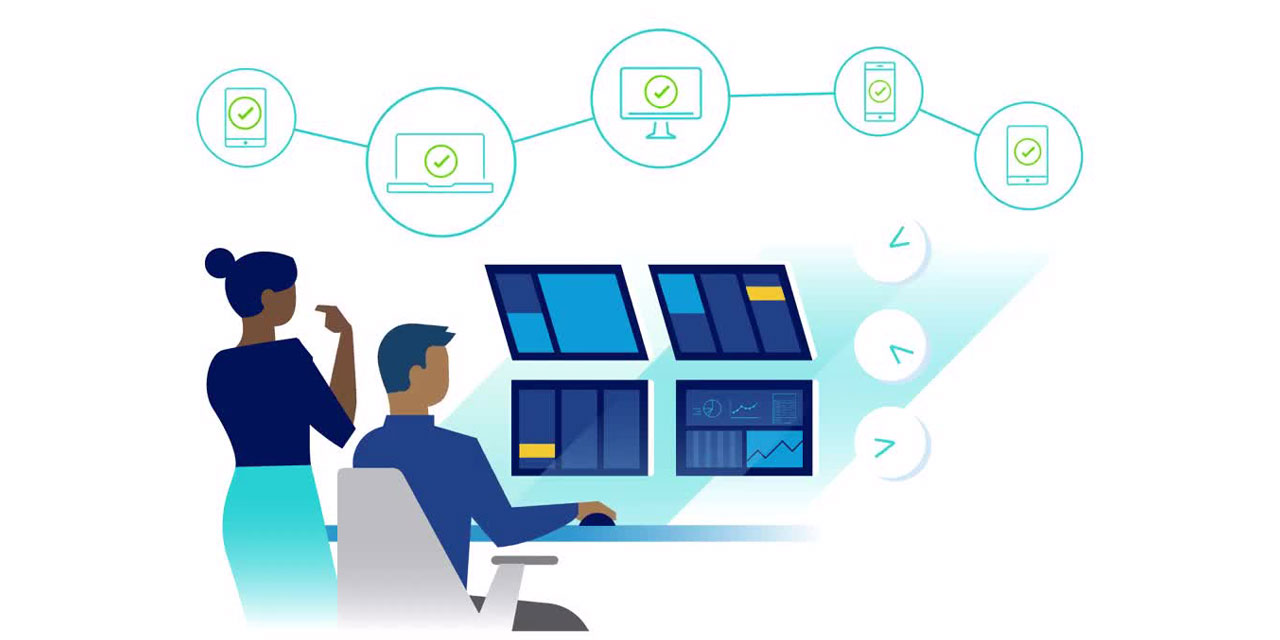The digital experience of an employee is not just about how employees interact with technology in the workplace, but also about the way the IT department works with and supports employees. A positive digital experience can drive productivity, engagement, and satisfaction, while a negative one can lead to frustration and disengagement. In this article, we will discuss designing the digital employee experience.
User-Centered Design
One of the key elements of a positive digital experience for an employee is user-centered design. This means designing technology solutions and processes with the needs and preferences of employees in mind. This includes understanding their workflows, pain points, and goals, as well as their level of technical expertise and comfort with technology. By designing technology solutions that are intuitive and easy to use, companies can improve the digital experience and reduce the risk of adoption failure.
Effective Communication
Another key element of a positive digital experience is effective communication and support. This includes providing employees with clear and concise instructions and documentation, as well as timely and helpful support when they encounter issues or have questions. It is also important to involve employees in the design and implementation of technology solutions, as they can provide valuable insights and feedback.
Overall Ecosystem
To design a positive employee experience, it is also important to consider the overall technology ecosystem and how different solutions and processes fit together. This includes ensuring that different systems and tools are integrated and work seamlessly together, as well as considering the impact of technology on other aspects of the employee experience, such as security and privacy.
Technology Audit
One way to get started on designing is to conduct a technology audit. This involves reviewing the current state of the company’s technology ecosystem, including hardware, software, processes, and policies, as well as soliciting feedback from employees. The results of the audit can help identify areas for improvement and provide a roadmap for enhancing the employee experience.
Strong Partnerships
Another key to designing a positive experience is to establish strong partnerships and collaboration between the IT department and other parts of the organization. This includes working closely with HR, finance, and other departments to align technology solutions with business goals and objectives, as well as fostering a culture of collaboration and innovation.
Self-Service Solutions
To further enhance the digital employee experience, companies can also consider implementing employee self-service solutions. These are technology-based tools that enable employees to perform tasks and access information on their own, without the need for assistance from the IT department or other support staff. Some examples of employee self-service solutions include online portals for requesting time off or accessing pay stubs, as well as chatbots and virtual assistants for answering common questions and providing support.
Employee self-service solutions can improve the digital experience by providing employees with greater control and autonomy, as well as enabling them to get the information and support they need in a timely and convenient manner. However, it is important to carefully design and implement these solutions to ensure that they are user-friendly and provide value to employees.
Training And Development
Another way to enhance the digital experience is to invest in employee training and development. This includes providing employees with the skills and knowledge they need to effectively use and leverage technology in their work, as well as opportunities to learn and grow. This can help to increase employee satisfaction and engagement, as well as improve the overall productivity and effectiveness of the organization.
Culture Of Innovation
Finally, companies can also enhance the digital experience by promoting a culture of innovation and continuous improvement. This includes encouraging employees to bring new ideas and solutions to the table and providing a supportive environment for experimentation and learning. By fostering a culture of innovation, companies can create a positive experience that drives business success.
In Conclusion
Designing the digital employee experience requires a user-centered approach, effective communication and support, and a holistic view of the technology ecosystem. By implementing employee self-service solutions, investing in employee training and development, and promoting a culture of innovation, companies can further enhance the digital experience and drive productivity, engagement, and satisfaction.
Lucas Noah, armed with a Bachelor’s degree in Information & Technology, stands as a prominent figure in the realm of tech journalism. Currently holding the position of Senior Admin, Lucas contributes his expertise to two esteemed companies: OceanaExpress LLC and CreativeOutrank LLC. His... Read more
